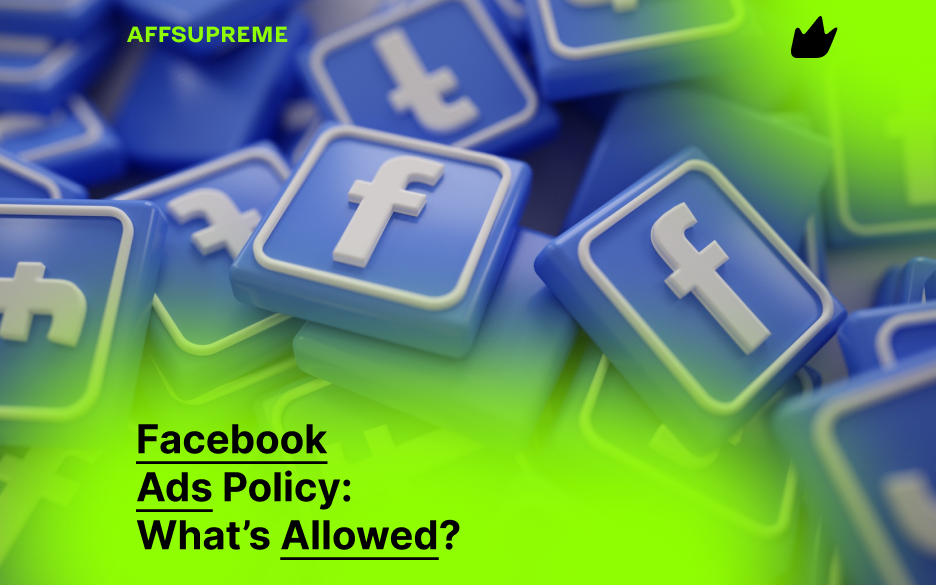Facebook Ads is a powerful marketing tool, but running ads without understanding the platform’s policies can result in disapproved ads or even account suspension. In this article, we’ll break down what is allowed under Facebook Ads Policy, provide examples, and offer tips to help you run compliant and effective ad campaigns.
What Is the Facebook Ads Policy?
Facebook’s Ads Policy is a set of guidelines that governs what advertisers can and cannot do on the platform. It covers ad content, targeting, landing pages, and user interactions. The main goal is to ensure a safe, respectful, and transparent experience for users across Facebook, Instagram, Messenger, and the Audience Network.
What Content Is Allowed?
1. Permitted Ad Categories
Facebook allows a wide range of industries and products, as long as they don’t fall into restricted or prohibited categories. Examples of allowed content include:
-
Online courses and educational services
-
Food, beverages, and supplements
-
Apparel, accessories, and beauty products
-
Software and mobile apps
-
Business, legal, and consulting services (within guidelines)
The content must be accurate, non-deceptive, and must not make unrealistic promises.
2. Audience Targeting
Advertisers are allowed to target users based on:
-
Location
-
Age (with minimum age requirements enforced)
-
Gender
-
Interests, behavior, and demographics
However, targeting must not exploit sensitive personal characteristics or suggest users have a particular issue, identity, or need. For example, saying “Struggling with weight?” is likely to be disapproved.
3. Ad Formats
You can use multiple ad formats to suit your campaign goals:
-
Image ads
-
Video ads
-
Carousel (slideshow) ads
-
Collection ads (especially for e-commerce)
-
Lead generation ads
Ensure your visuals and copy meet Facebook’s quality standards. Text on images should be minimal for best results.
What’s Not Allowed?
Facebook has clear restrictions and bans on certain categories. Common examples include:
-
Weapons, ammunition, or explosives
-
Tobacco, vaping products, or drug-related items
-
Adult content or adult products
-
Misleading or sensational health claims
-
Get-rich-quick schemes
-
False or misleading financial advice
-
Inflammatory political or social ads (unless verified)
-
Promises of unrealistic outcomes (e.g., “Lose 20 lbs in a week”)
Some topics like alcohol, dating, or financial services are allowed with restrictions depending on the country and audience age.
Common Reasons Ads Get Disapproved
Even if your product is allowed, ads may still be rejected for:
-
Overly aggressive or manipulative copy
-
Using personal attributes (e.g., “Are you depressed?”)
-
Misleading headlines or offers
-
Broken or non-compliant landing pages
-
Poor grammar, profanity, or shock value visuals
-
Violation of community standards or local laws
How to Stay Compliant
To keep your ads running smoothly, follow these key tips:
-
Create honest, value-driven ads. Avoid clickbait or exaggerated claims.
-
Don’t reference personal attributes. Speak generally to your audience.
-
Test your ads before scaling. Start with small budgets to detect any issues.
-
Use professional creatives. High-quality visuals and clear messaging build trust.
-
Monitor ad performance and feedback. Negative user feedback can lower ad performance or trigger reviews.
Conclusion
Understanding what’s allowed under the Facebook Ads Policy is essential for running successful and compliant ad campaigns. By sticking to the rules, you not only protect your account but also build trust with your audience and improve your ad performance over time.


